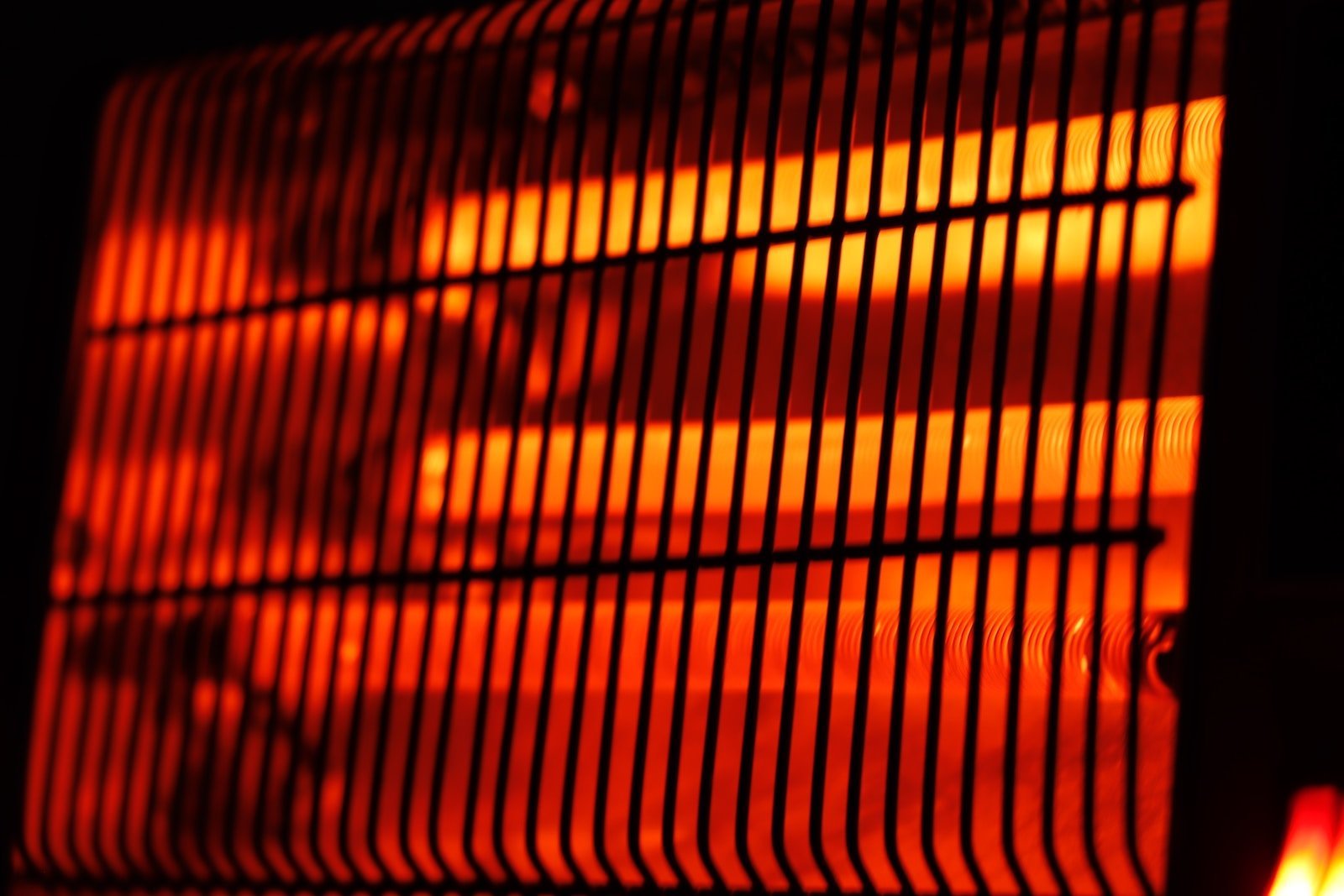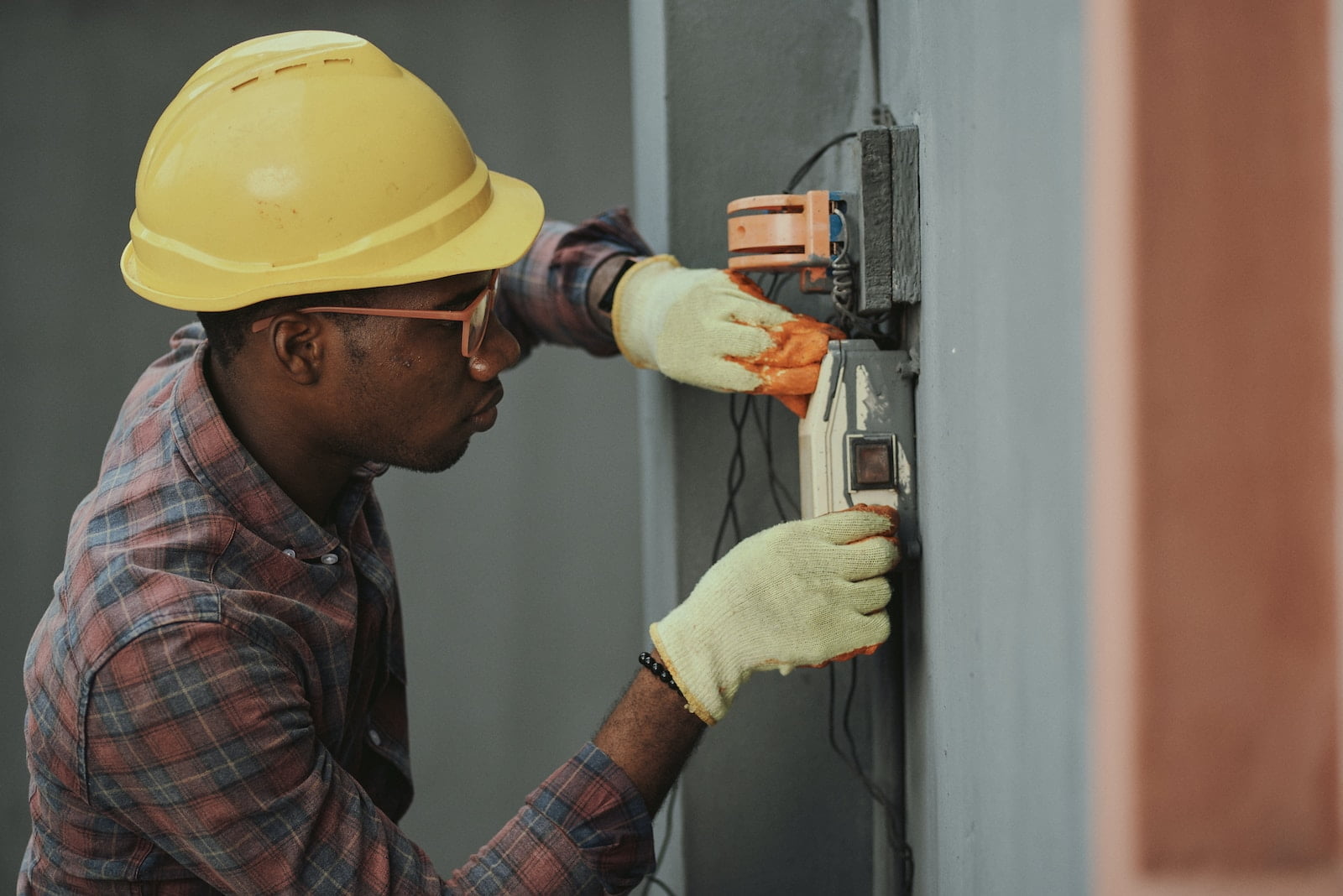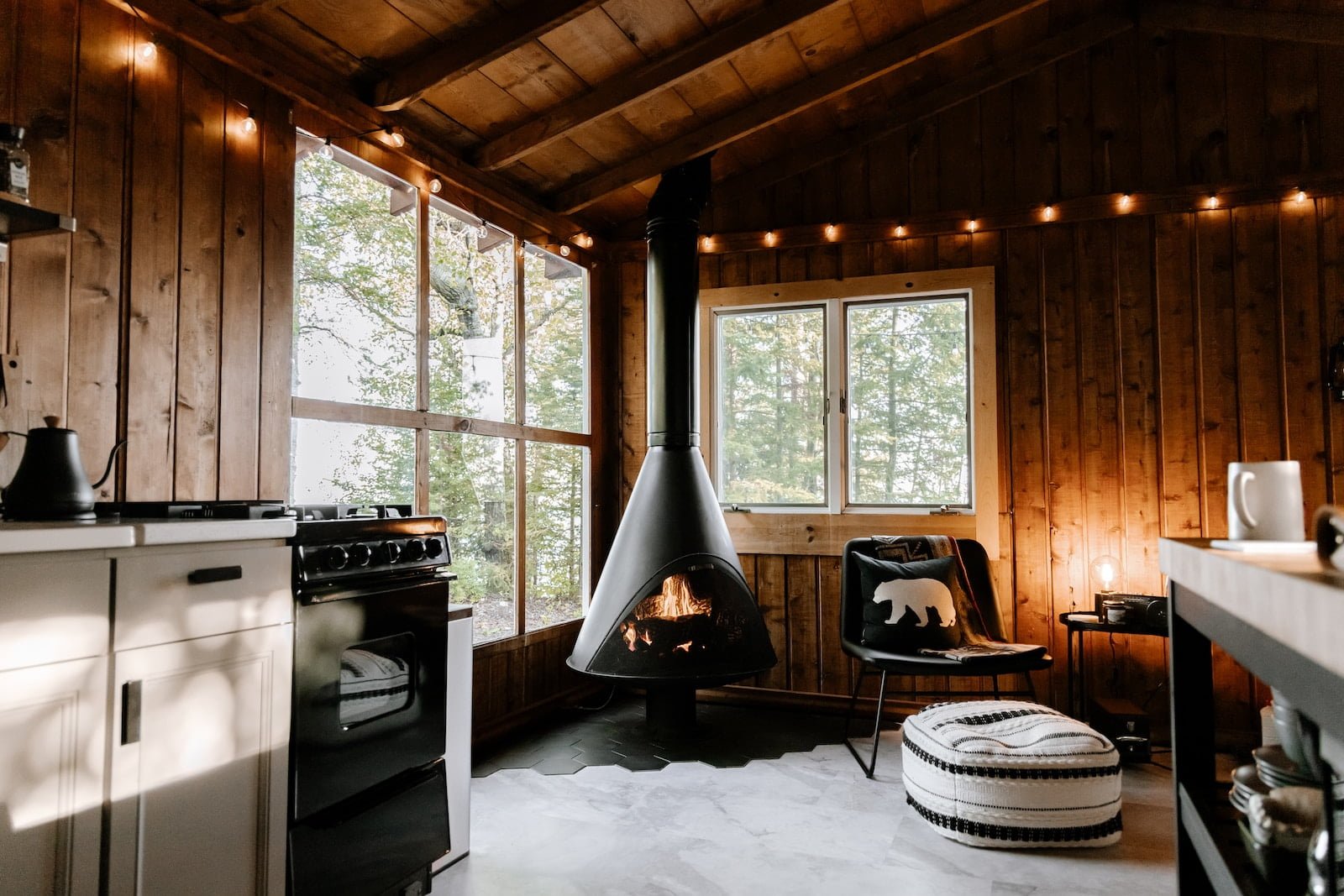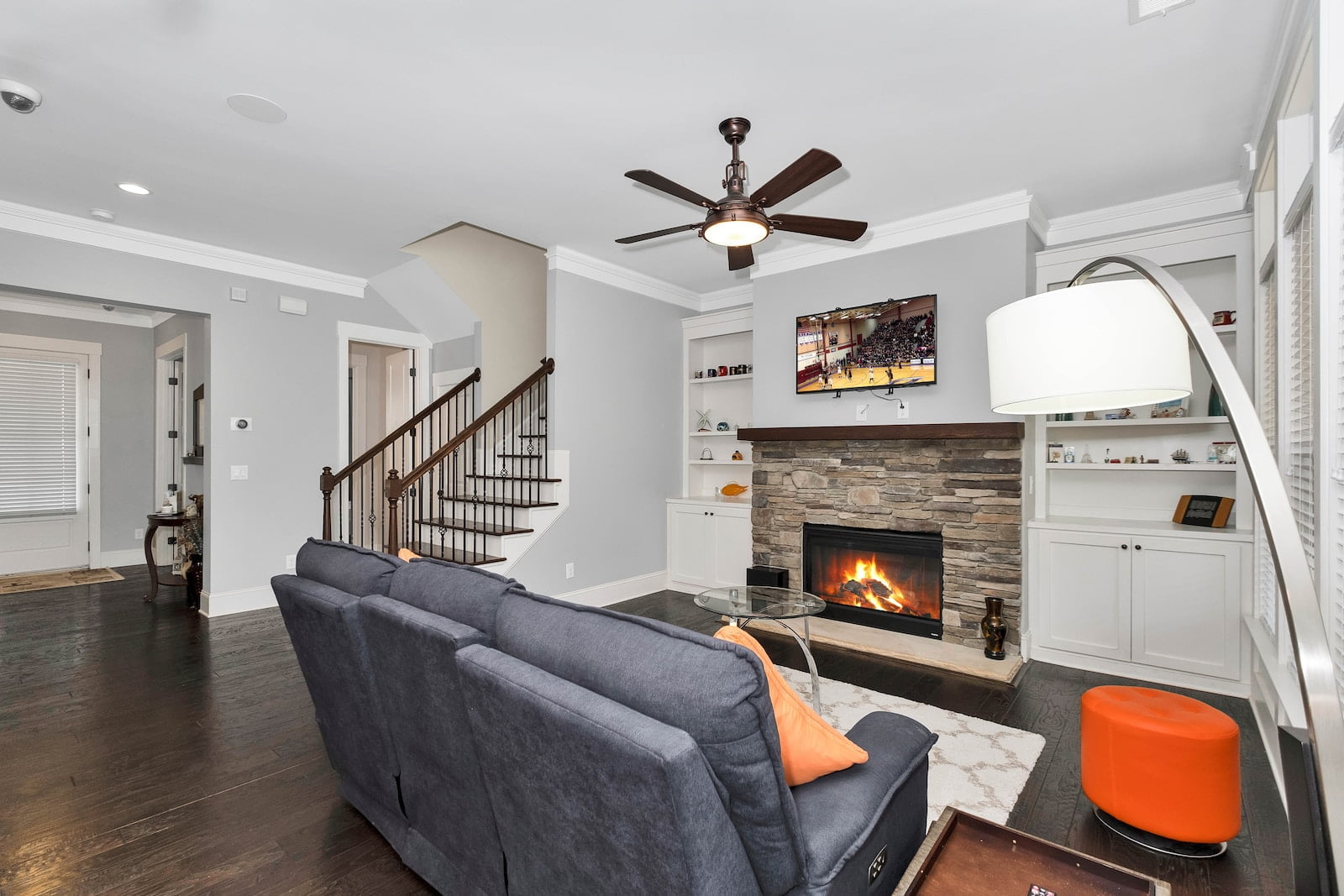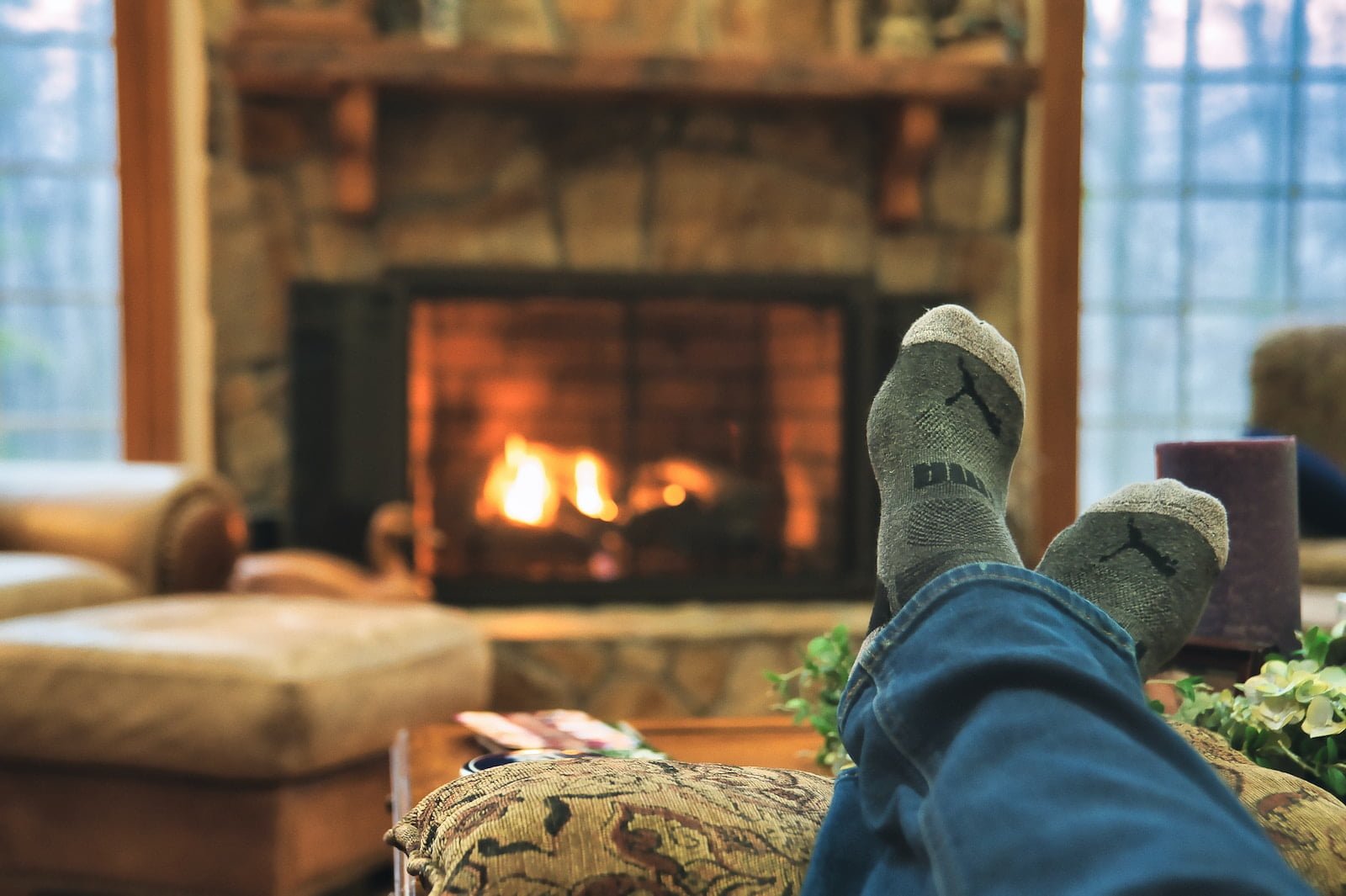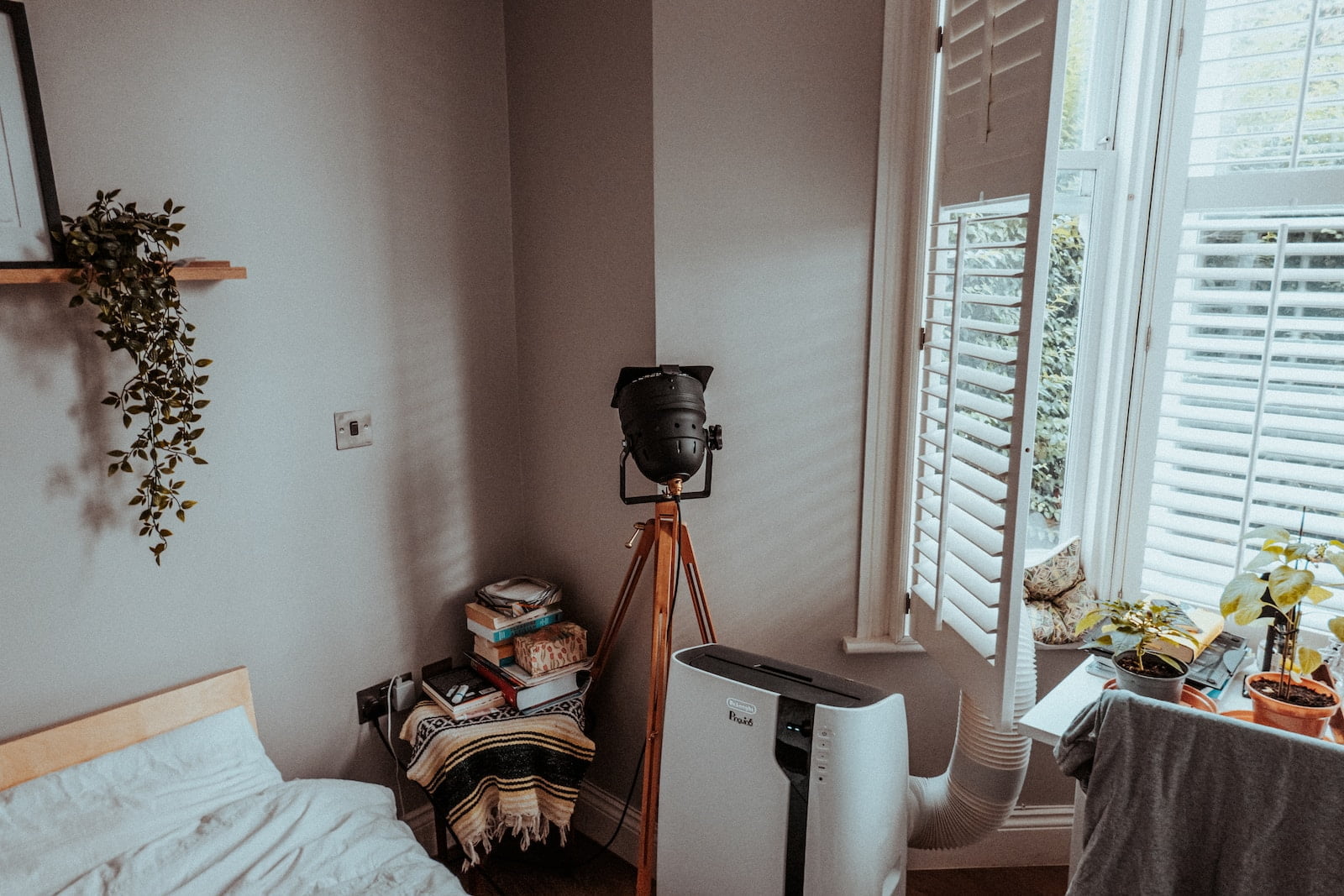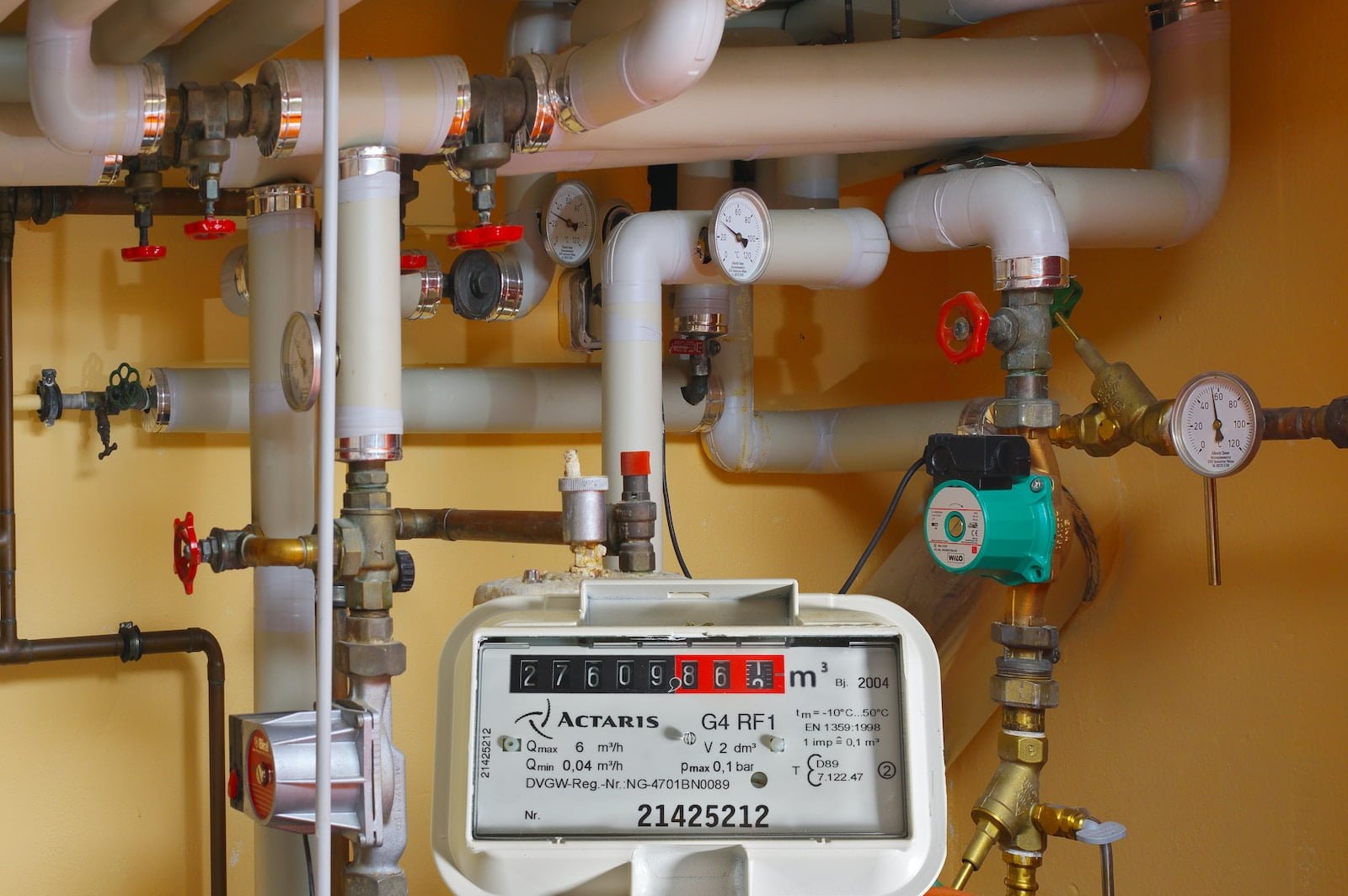Tips for Safe Furnace Use During Winter
Regular furnace maintenance is an essential part of home ownership that shouldn’t be overlooked. Your furnace is a vital component of your home’s heating and cooling system, and it needs proper care to function efficiently and safely. Proper maintenance not only ensures that your furnace is running at peak performance, but it can also help prevent costly repairs and extend the lifespan of your unit. In this article, we will explore the importance of regular furnace maintenance and provide tips on how to keep your furnace in top shape.
Firstly, neglecting regular furnace maintenance can lead to a variety of problems, including decreased efficiency, increased energy bills, and even safety hazards. A poorly maintained furnace can become a fire hazard, releasing dangerous carbon monoxide gas into your home. Therefore, it’s crucial to schedule annual furnace maintenance to ensure that your unit is functioning correctly and safely.
Secondly, regular furnace maintenance can help prevent costly repairs down the line. By catching minor issues early on, you can avoid more significant and expensive problems that may require a complete furnace replacement. Additionally, a well-maintained furnace will last longer, saving you money in the long run.
In conclusion, regular furnace maintenance is a critical aspect of home ownership that should not be overlooked. By taking care of your furnace, you can ensure that it runs efficiently, safely, and lasts for years to come. So, be sure to schedule annual maintenance with a trusted HVAC professional and follow our tips for keeping your furnace in top shape.
Proper Ventilation and Airflow for Safe Furnace Operation
Another important factor to consider when it comes to safe furnace operation is proper ventilation and airflow. This is especially crucial if you have a gas furnace in your home, as it produces carbon monoxide, a deadly gas that can be fatal if inhaled in high concentrations. Therefore, it is essential to ensure that your furnace is properly ventilated to prevent the buildup of carbon monoxide and other harmful gases.
One way to ensure proper ventilation is to have a professional inspect your furnace and ventilation system regularly. They can check for any blockages or leaks in the system that may be hindering proper airflow. Additionally, it is important to keep the area around your furnace clear and unobstructed to allow for proper air circulation.
Another way to improve ventilation and airflow is to regularly change your furnace’s air filter. A dirty or clogged filter can restrict airflow and cause your furnace to work harder than it needs to, which can lead to overheating and potential safety hazards. It is recommended to change your filter every 1-3 months, depending on usage.
In summary, proper ventilation and airflow are crucial for safe furnace operation. Regular maintenance and inspections, as well as keeping the area around your furnace clear and changing the air filter regularly, can help ensure that your furnace is operating safely and efficiently.
Choosing the Right Size and Type of Furnace for Your Home
When it comes to choosing the right size and type of furnace for your home, there are a few factors to consider. First, you’ll need to determine the size of your home and the heating needs of each room. This will help you determine the appropriate size of furnace to purchase. A furnace that is too small will struggle to keep your home warm, while a furnace that is too large will waste energy and money.
Next, you’ll need to decide on the type of furnace that best suits your needs. There are several types of furnaces available, including gas, electric, and oil. Gas furnaces are the most common type and are generally the most efficient. Electric furnaces are a good choice for homes without access to natural gas, but they can be more expensive to operate. Oil furnaces are another option, but they require regular maintenance and can be expensive to install.
Ultimately, the right size and type of furnace for your home will depend on your specific needs and budget. It’s important to do your research and consult with a heating professional to ensure that you make the best decision for your home.
Safe Fuel Storage and Handling for Furnace Use
When it comes to fuel storage and handling for furnace use, safety should always be a top priority. Proper storage and handling of fuel can help prevent accidents and ensure the longevity of your furnace. One important tip is to always store fuel in a well-ventilated area away from any potential sources of ignition, such as open flames or electrical equipment. It’s also important to keep the fuel container tightly closed and to label it properly to avoid confusion with other substances. When handling fuel, wear protective gloves and eyewear to avoid skin or eye irritation. Lastly, always follow the manufacturer’s instructions for your furnace and fuel type to ensure safe and efficient operation.
Preventing Carbon Monoxide Poisoning from Furnaces
Carbon monoxide (CO) is a deadly gas that is produced when fuels such as gas, oil, and wood are burned. Furnaces that are not properly maintained or installed can produce high levels of CO, which can lead to serious health problems or even death. To prevent CO poisoning from furnaces, there are several measures that homeowners can take.
Firstly, it is important to have your furnace inspected and maintained by a professional technician annually. This will ensure that your furnace is functioning properly and does not produce dangerous levels of CO. Additionally, it is important to make sure that your furnace is properly ventilated. This means that the exhaust from your furnace should be vented to the outside of your home, and not into enclosed spaces such as crawl spaces or attics.
Another important measure to prevent CO poisoning is to install a CO detector in your home. CO detectors are designed to alert you if dangerous levels of CO are present in your home. It is recommended that CO detectors be installed on every level of your home, including the basement and near sleeping areas.
Overall, preventing CO poisoning from furnaces requires regular maintenance, proper ventilation, and the installation of CO detectors. By taking these measures, homeowners can ensure the safety of their families and avoid the dangers of carbon monoxide poisoning.
